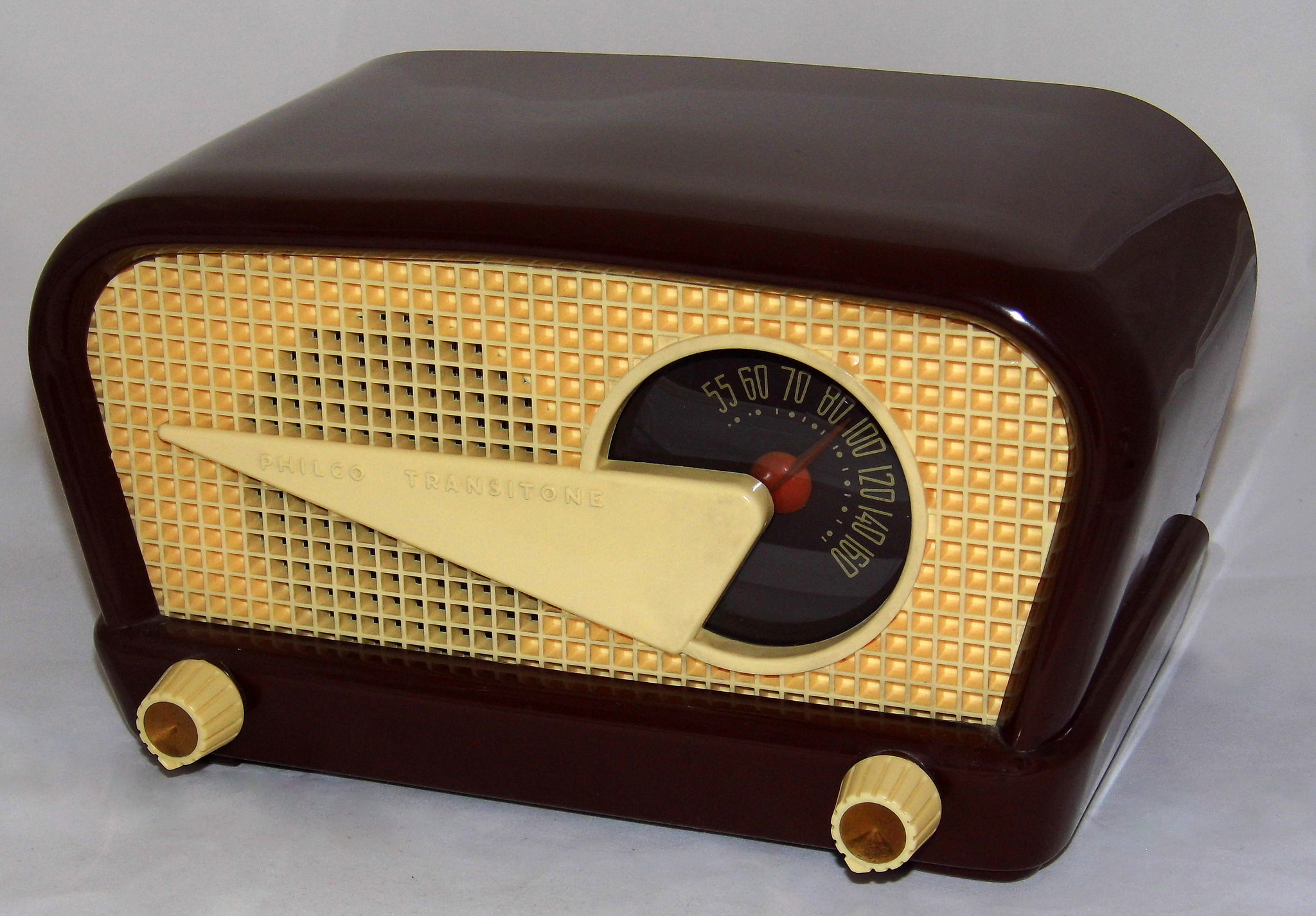John Eilermann. The Second World War changed the lives of millions of people all over the world. In the US, almost everything was about the war– from entertainment, fashion, and even food. Though sports became the public’s temporary escape, many athletes especially in baseball chose to serve the country. Check out this list of the most popular trends during the 40’s:

Radio became a source of news and entertainment
John Eilermann. Before television and the internet, people relied on radio for their daily fix of news updates and entertainment. For families who were unable to go out of their homes, the radio shows were a way to keep themselves connected to the outside world. The music, the talk shows, and the dramas keep the listeners occupied. Whether the kids were studying or the adults were doing the chores, everyone was tuning in to their radios.

Knitting for solidarity
In the US and in Britain, women turned to knitting. Aside from providing the soldiers with clothing that will keep them warm while they were far from home, the craft became an activity that allowed women to stay occupied during those troubled years. While there was a shortage in materials and manpower used for clothing, knitting became the solution. Instead of shelling out money to buy clothes, many turned to knitted garments during this era. Many knitting kits also featured patriotic patterns and colors, letting knitters know that they’re making a big contribution to the war effort. John Eilermann.
Smoking cigarettes
During the war, cigarettes were given to soldiers to ease their anxiety. Even after their conscription, soldiers continued to smoke. For those who remained home, the cigarettes were also a way for them to relax after a long day at work. While women were discouraged from smoking, a growing number already picked up the habit which led some brands to consider them for their advertisements. During this era, smoking cigarettes became somewhat therapeutic to many. John Eilermann.
